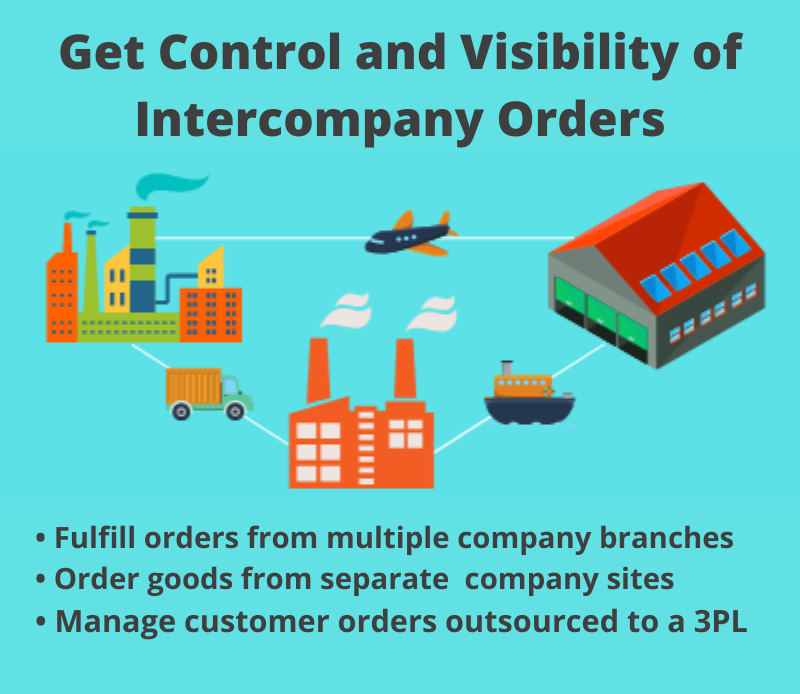 A simple Google search will bring up a number of articles outlining the sure signs that your company is outgrowing your ERP system. But are they really sure signs that you need to begin the expensive, arduous, disruptive and time-consuming task of evaluating and choosing a new system, installing, configuring, testing, rolling out, training… whew!
A simple Google search will bring up a number of articles outlining the sure signs that your company is outgrowing your ERP system. But are they really sure signs that you need to begin the expensive, arduous, disruptive and time-consuming task of evaluating and choosing a new system, installing, configuring, testing, rolling out, training… whew!
Or, are they simply signs that you need to take a hard look at your processes? Are they telling you to find solutions that will not only breathe new life into your QAD data, but help you become more nimble and productive? We’re not talking “patchwork” or stringing together a bunch of software to get you through. We’re talking real solutions that make QAD data management, well, manageable.
Let’s take a look at some of the major issues that are cited – sometimes falsely — as being signs you’ve outgrown QAD. And, let’s consider instead, that there are alternate solutions.
Slow data entry and/or cumbersome uploads
Because QAD has so many inter-connected menus, it needs to very specifically define the way data enters the system. One piece of data can impact a multitude of tables in QAD and, if improperly added to the system, it could wreak havoc in other areas.
While the one-record-at-a-time method of data entry in QAD may seem tedious and cumbersome to the user, it is a necessary way for QAD to control data properly across menus and tables. This can be manageable if a company does not have a large amount of data to enter. But for so many companies, data entry in QAD can become a bottleneck. If your company struggles with the time and manpower needed to keep your QAD data updated, you may not need to upgrade or change your system at all. You may just need to adopt some tools to make the process easier, smoother and much, much faster.
Vanguard Pai Lung manages more than 40,000 active part numbers in their Monroe, NC plant and roughly half of them represent make items that require product structures and routings.
They found they were spending an inordinate number of hours updating item numbers, structures and routings individually through QAD. To speed up the process when they had massive updates, they first tried to manage the updates outside of the QAD system and use CIM loads to update QAD. Though this freed up time on the user side, it added time to the IT staff and managing errors was a nightmare.
Their solution? Vanguard Pai Lung adopted a suite of Data Loaders from 32 Soft. Using Data Loader technology, they were able to download real-time QAD data into Excel spreadsheets, make needed changes and upload their changes right back into QAD in minutes. All with the click of a button! Because of the way Data Loaders communicate with QAD, their uploaded data was error-free and completely safe. This eliminated the need to input data directly into QAD, saving them significant time and improving their data quality. And, it also eliminated the need for CIM loads and IT involvement — no matter how extensive the update. Find out more about Vanguard’s situation and their solution.
Using multiple systems and databases
You’ve done it, I’m sure. You may be doing it now. Maybe you aren’t able to generate the reports out of QAD that you need to make quick decisions. Maybe you don’t have the manpower to enter certain data into QAD so you manage it outside the system. Maybe you need to slice and dice data for ‘what if’ scenarios. Or maybe, you use an outside company to manage some of your processes, such as payroll.
Whatever your reasons, you are managing some of your data outside of QAD. You are likely doubling entering that data back into QAD later. You know that it isn’t the most efficient way, but you figure the trade-off is worth it.
What if you could with just a click of a button, download QAD data to Excel spreadsheets where you could make massive changes quickly and easily? What if you could use Excel’s functionality to sort and filter that data for better reporting and analysis capabilities? What if you could upload data from an outside supplier or customer to QAD using a handy Excel-based interface? You can, with Data Loaders. You could save considerable time and money – and eliminate your reliance on multiple systems — by adopting these simple yet brilliant tools.
Your business is growing and your system can’t grow with it
One of our clients experienced a 45% growth in sales in one year – and had double digit growth year after year for the next five years. They found a way to handle the increased volume without increasing the operations head count one bit!
Not only that, but they maintained customer satisfaction, did not compromise on performance metrics, and they continued to provide a healthy employee work/life balance.
How? With Data Loader software, they increased the visibility of their QAD data and got superior decision-making power over their production process and purchasing needs.
Do You Just Need To Unleash The Power Of Your QAD Data?
Before you decide you need a complete rehaul of your QAD system, check out these productivity tools to find out how they can help you harness the power of your QAD ERP data.




